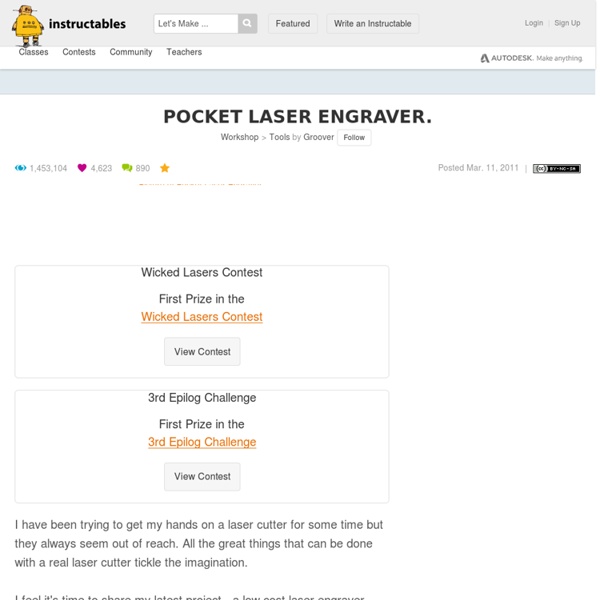The LittleBox | A Raspberry Pi PC
Crossing the Atlantic is a complicated challenge, and one that I have decided to accept. The FishPi Project hopes to use a Raspberry Pi to navigate a drone across the Atlantic Ocean. The first step in this quest has been the building of a Proof-Of-Concept-Vehicle (POCV), and a controlling terminal called the Base-Station. The Base-Station is an aluminium flight case fitted with a Raspberry Pi, a screen, keyboard & trackball, a USB hub, and a wireless router. It will be used to manage the POCV, handle the telemetry, and monitor the POCV's performance. I'd like everyone to be able to follow the POCV during testing, watch as the FishPi makes it's way across the Atlantic Ocean, and monitor our progress along the way. To build the FishPi Base-Station has taken over a year. Better yet, rather than a Base-Station, what about a Raspberry Pi Desktop PC? Brilliant idea! So what would I want from a Raspberry Pi Desktop PC? I'd want to be able to build it myself.
LittleBox | The DIY Raspberry Pi All-In-One Desktop PC by Gregory L Holloway
The LittleBox is designed to be built at home, by anyone, and with the minimum of tools. Everything you need to turn your Raspberry Pi into a Desktop PC is included as part of the complete LittleBox kit. I am a huge fan of the Raspberry Pi. It has sparked a revolution in the computing world, and has inspired millions, including myself. The LittleBox is the culmination of 18 months of working with the Raspberry Pi. We have a Base-Station which is used to control and monitor our Proof-Of-Concept Vehicle, and I wanted everyone to be able to share in the experience. The 61 Laser-Cut parts are are produced from a single sheet of 3mm Birch plywood. The HDMI cable is hand-made here in the UK. The LittleBox design & prototyping has been documented on Instructables. It covers everything from the LittleBox's inception, development of the two prototypes, electrical testing, and stress testing. The link is Specification.
kickstarter.com | The MicroSlice | A Mini Arduino Laser Cutter & Engraver. by Gregory L Holloway
Here's what you need to know. Kickstarter is a place for creative projects. Kickstarter was founded on the belief that creative works and creative expression are essential to a healthy and vibrant society. We think of it as a way around the gatekeepers in all kinds of creative fields, from music to tabletop games. We use an all-or-nothing funding model. When you back a project, you won’t be charged unless it reaches its funding goal. Backing ≠ buying. Making something new is hard. Collections Sections Categories On Our Radar Start a projectStart Sign in Explore About Support Hello More from Kickstarter Kickstarter, PBC © 2019
The MicroSlice V1 | A tiny Arduino laser cutter
The MicroSlice uses Grbl v0.8 for motion control. Grbl converts G-Code into commands that the EasyDriver stepper motor controllers understand. We need another program to send the G-Code to Grbl, for this I'll be using Zapmaker's Grbl Controller v3.0. Before you can begin you will need the Arduino IDE, available from the Arduino website. Make sure your Laser Diode is not connected to the power lines while you are configuring your MicroSlice. The Laser will power on & off during the setup & configuration process if it is connected. Grbl's wiki shows you how to flash the pre-compiled Grbl hex file onto your Arduino. For those of you who have a Raspberry Pi, as I do, you'll be pleased to know that you can control the MicroSlice using your Pi! We'll need to generate some G-Code. Before we can use our new G-Code we'll need to configure Grbl to use the stepper motors and end-stops. You can use either the Arduino IDE Serial Terminal (CTRL + Shift + M) to send commands to Grbl. You should also set;
The MicroSlice V2 Aurum | A gold mini laser cutter & engraver.
The MicroSlice story began back in 2013 with an entry into the Instructables 2013 RadioShack Microcontroller Contest. The MicroSlice V1 won the Grand Prize and set the foundations for a successful Kickstarter Campaign a few months later. It has been an exciting past year and the MicroSlice has evolved from a small 50mm x 50mm workspace into a machine with four times the space at 100mm x 100mm. The simple screw-drives have been replaced with precision stepper motors which use belts & pulleys and the Gantry now moves smoothly on linear bearings. To mark the occasion I have built a one-off special edition of the MicroSlice V2 where the Upped-Deck has been gilded in 24ct gold and I have customised just about every aspect of the machine. I have called it the MicroSlice Aurum. I'll be using this Instructable to share some of the new skills I have learnt over the past year and I'll hopefully inspire some of you to push yourselves with your own creations and ideas :) Steps



